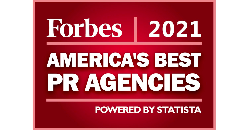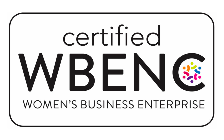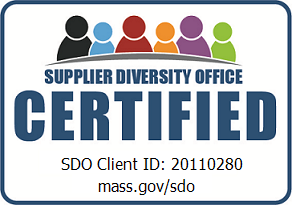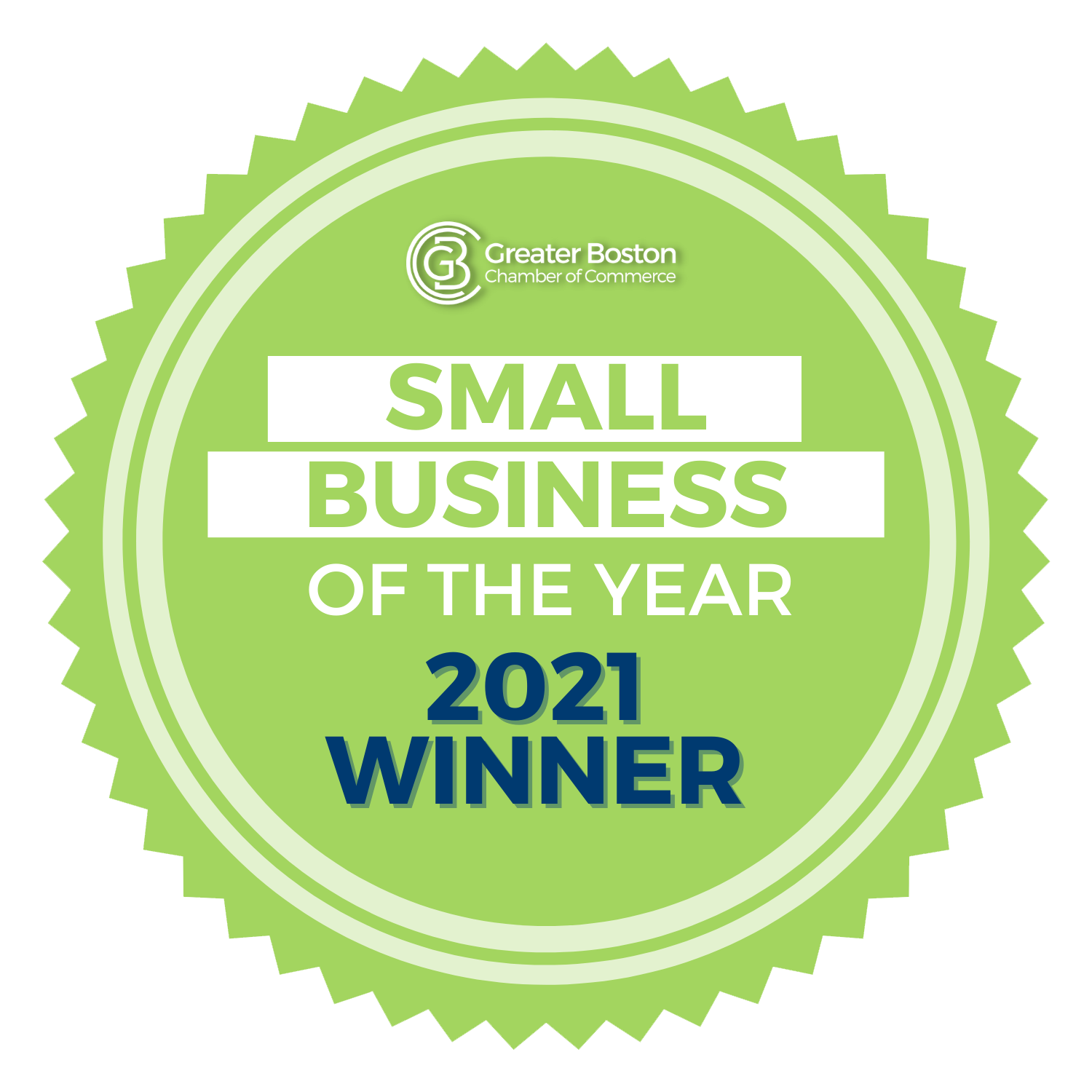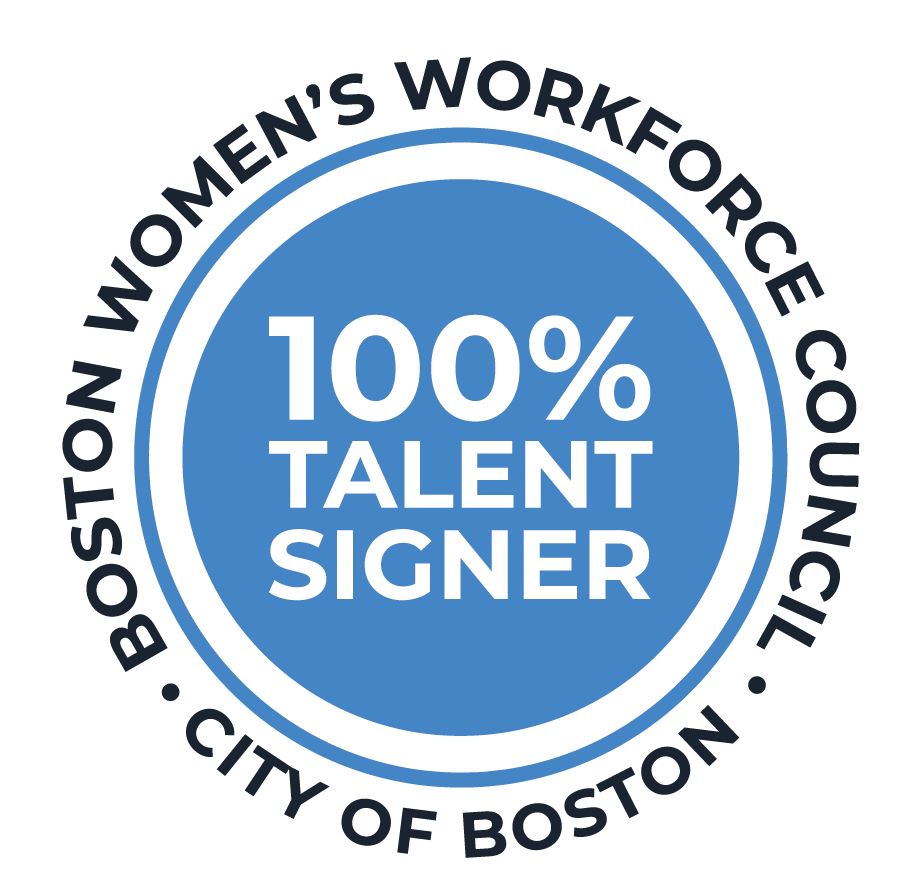The Makers’ Mark alcohol reduction plan reversal is the latest in a series of events that reveals a distinct pattern among corporations who want to change their offerings:
1- Announce the change
2- Receive hateful backlash from consumers via a social media firestorm which leads to a flood of press coverage
3- Reverse decision to make aforementioned change
Here are a few things for aspiring change-makers to consider:
1 – You could ask your consumers what they think before making changes. People like to feel valued. They like to feel that their opinion counts. Of course, if you ask them what they think and you don’t go in that direction, that’s the equivalent of a slap in the face. And – the truth is, your business is not a democracy where every customer’s vote counts. (Lay’s has had great success in asking America to vote on a new potato chip flavor – now they are test marketing three flavors and one will go into regular production. But this is a promotion [a smart one that incorporates social media and lots of ad buys], not a change to the core product.)
2 – You could – using your store of consumer insights and common sense – try to PREDICT possible consumer reactions to the change. Some people may like it, most people may hate it. Either way, you should be able to figure out what their reactions will be.
3 – Given the predictability of the reaction to the proposed change, find a way to deal with it. Or not. Will you stick with your plan regardless of what anyone has to say about it? In this case, Maker’s Mark reversed its decision based on the backlash. Smart of them – particularly since their brand is based on a message of quality and this decision gave the perception that they would be serving up watered down bourbon.
4 – How will you explain the change? “Our customers told us they wanted something that was” – fill in the blank – sweeter, bigger, faster, orange, portable, low-fat, etc. If there is a real reason for the change that makes sense – a shift in purchasing habits, a direct ask from your consumers or retailers – then, okay. You might get bashed around on Twitter for a while but if you really believe that the change is warranted and is a benefit to your customers, then wade through the rough waters. The storm will settle eventually. If not, then maybe you shouldn’t move forward. This all gets very expensive – both in budget and in brand value.
5 – These scenarios always conjure up the ghost of the New Coke/Classic Coke debacle, the forerunner of the “corporate change reversal” movement. Good God why? Why would an iconic American brand attempt to change a taste embedded in American taste buds since childhood? Many speculate it was a PR stunt, one of the greatest ever, meant to ignite fervor for the brand. I say no. The reason – corporate decisions of this scale are HUGE, weighty matters. They involve extensive planning, research, insight, thought and arguing – not to mention the logistics and budgets of production and advertising, the nightmare of talking with your retail and wholesale accounts, etc. In the case of Maker’s Mark, the “dilution solution,” meant to keep up with “unprecedented demand” for their product (Americans are, apparently, drinking a great deal of bourbon) hurt their brand position. I write this off as being a well-intentioned misstep. Being a product that’s in demand – and in danger of being in short supply – gives the brand cache and can only drive interest in trial.
What other corporate decision reversals do you think could have been handled differently? What would you have done instead?










